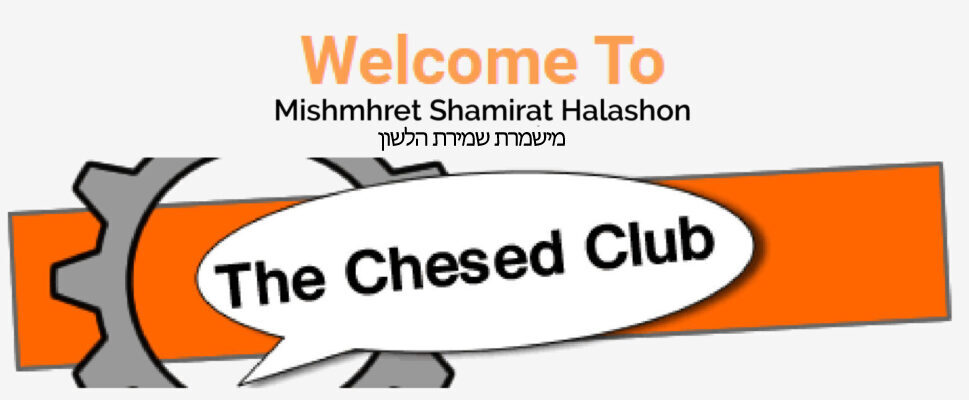There are actually two slightly different symbols of snakes coiled around a staff that have come to be associated with the medical profession. Both seem to come from Greek mythology.
There is the single snake coiled around a staff, which is meant to symbolize the staff of the pagan god of healing, known as Asklepios in Greece and Aesculapius in Rome.
And then there is the symbol of a staff with two snakes and wings. This one is referred to as a caduceus and is meant to symbolize the staff of the Greek messenger god Hermes, also known as Mercury. This symbol eventually also became associated with medicine.
So it seems that both symbols are associated with pagan idolatry. However, it is fascinating to note that a snake on a rod as an agent for healing has an ancient Jewish source.
The Copper Snake
In the Torah portion of Chukat, the Torah relates the following incident:
The people spoke against G‑d and against Moses: “Why have you brought us up out of Egypt to die in this desert, for there is no bread and no water, and we are disgusted with this rotten bread.”
The L‑rd sent against the people the venomous snakes, and they bit the people, and many people of Israel died.
The people came to Moses and said, “We have sinned, for we have spoken against the L‑rd and against you. Pray to the L‑rd that He remove the snakes from us.”
So Moses prayed on behalf of the people.
The L‑rd said to Moses, “Make yourself a serpent and put it on a pole, and let whoever is bitten look at it and live.” Moses made a copper snake and put it on a pole, and whenever a snake bit a man, he would gaze upon the copper snake and live.1
The sages of the Talmud point out2 that it was not, G‑d forbid, the snake itself that caused healing. Rather, when Israel looked upwards toward heaven and turned their hearts to their G‑d, they would be healed, but if not, “they would waste away.”
Yet, even if this can be said to be the source of the modern symbol of healing, it may still not be something to celebrate. Here’s why.
The Nehushtan
After the plague had ended, the snake-topped staff was carefully preserved for hundreds of years. In the 6th century BCE, we read about it again, after Hezekiah became king:
“[Hezekiah] did what was right in the eyes of the L‑rd, like all that his father David had done. He abolished the high places, and smashed the monuments, and cut down the Asherah, and crushed the copper serpent that Moses had made, for until those days the children of Israel were burning incense to it; and he called it Nehushtan.”3
Tragically, an item used by Moses to serve as an agent for G‑d’s healing had been used as an idol. As you can see, even if it perhaps does have “Jewish” origins, those origins were unfortunately tainted by the actions of subsequent generations, causing the righteous Hezekiah to crush it.
The Symbol of Hatzalah
Hatzalah, which means “rescue” in Hebrew, is the largest Jewish volunteer emergency medical service (EMS) organization in the world. Rabbi Yehudah Leib Bistritzky was a founder of the division serving Crown Heights, Brooklyn, the neighborhood where the Rebbe lived. He related that in 1984 he sent an invitation to a Hatzalah fundraiser to the Rebbe. The Rebbe instructed him to remove the symbol of the snake coiled around a staff from their emblem since it comes from Greek idolatry.4
Indeed, to this day, many Hatzalah divisions use a slightly altered symbol without a snake.
May the true healer, G‑d, bring healing to all who are in need of it!
By Yehuda Shurpin
| FOOTNOTES | |
| 1. | Numbers 21:5-9. |
| 2. | Talmud, Rosh Hashanah 29a. |
| 3. | II Kings 18:3-4. |
| 4. | Shulchan Menachem, vol. 4, p. 36; Hitkashrut, no. 261. |

 4. Be kind to yourself. Speaking badly even about yourself is unethical.
4. Be kind to yourself. Speaking badly even about yourself is unethical.
 הלכות שמירת הלשון
הלכות שמירת הלשון 